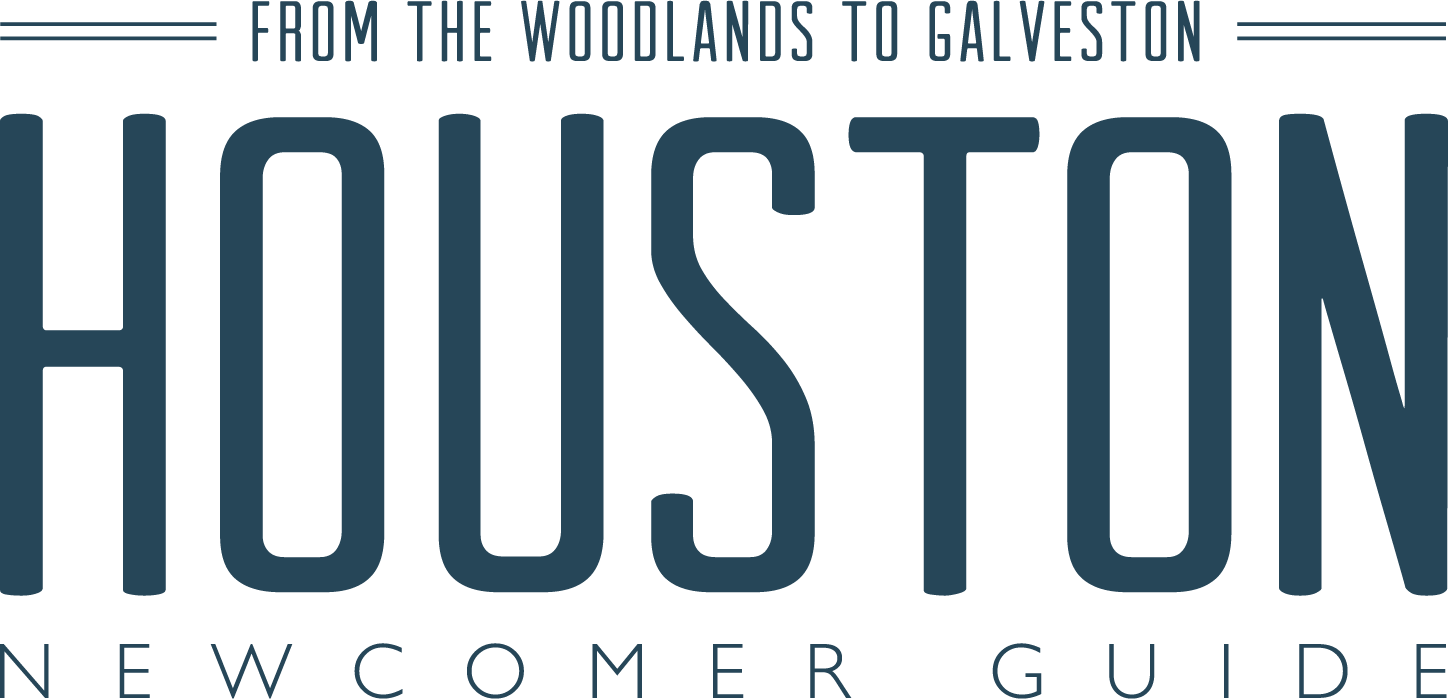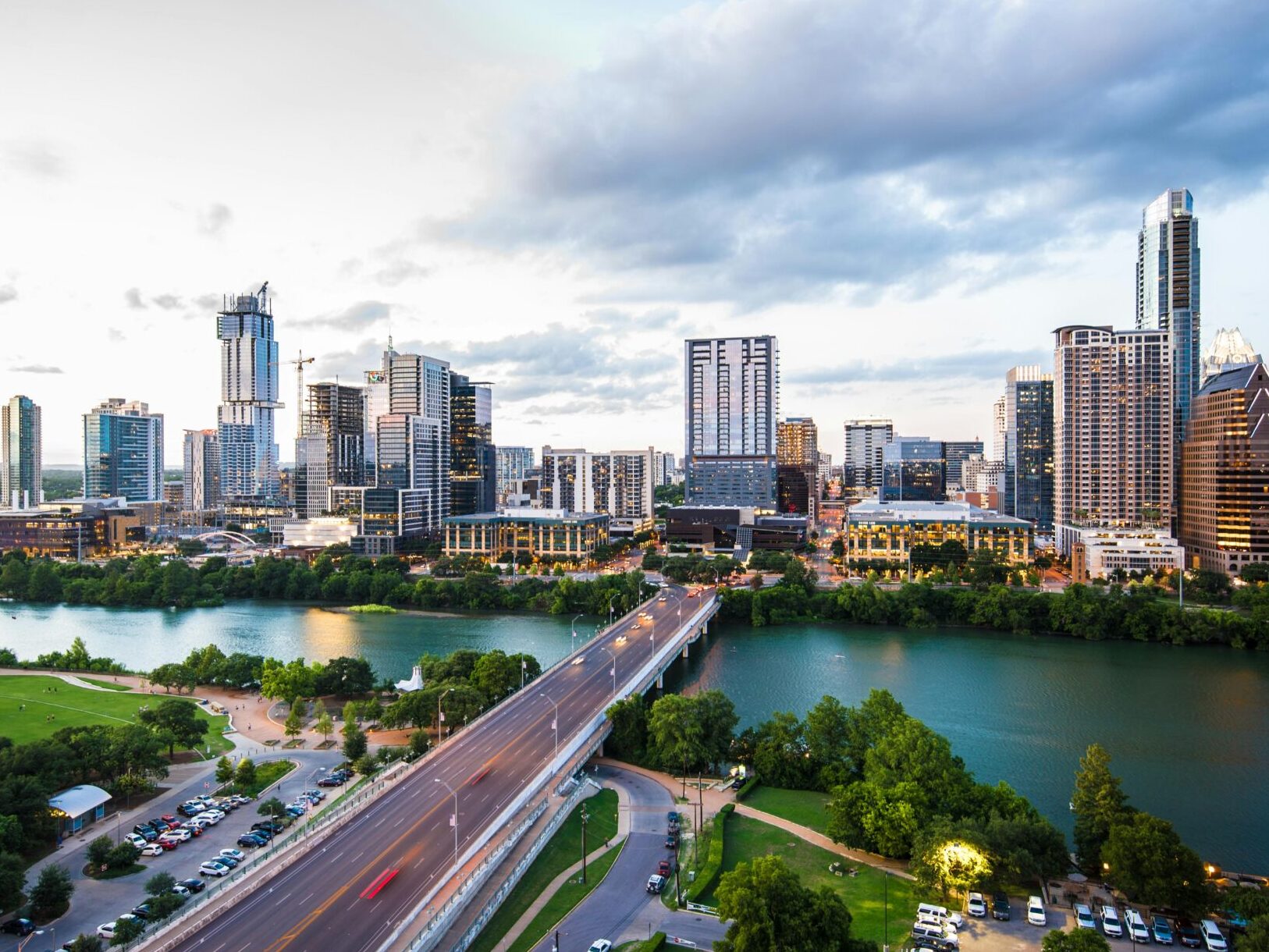Living in a flood zone means you’ll plan more, insure differently, and budget for mitigation. In return, you can still live comfortably—with the right coverage, home upgrades, and a clear plan for heavy-rain days.
What “Flood Zone” Means (Plain English)
- Labels come from FEMA maps. Areas with the highest regulated risk are called Special Flood Hazard Areas (SFHAs), typically Zones A or V. Lenders for federally backed mortgages require flood insurance in SFHAs. Outside SFHAs (Zones X/B/C), insurance is usually optional—but risk still exists.
- Maps are tools—not crystal balls. Houston’s bayous, soils, and intense rain can flood streets outside mapped zones. Always check parcel-level tools, not just the letter on the listing.
Day-to-Day Reality in a Flood Zone
Living in a Flood Zone: Essential Considerations
- Insurance is part of the budget. You’ll carry an NFIP or private flood policy. Most standard homeowners policies exclude flood.
- Permit rules may be tighter. In Houston, work in mapped floodplains (100-year, 500-year, floodway) often needs floodplain permits; new builds and substantial improvements face elevation and drainage requirements.
- Heavy-rain routine. You’ll follow forecasts, watch bayou levels, avoid low-lying roads, move cars off the street, and keep “go” kits ready during peak seasons.
- Mitigation mindset. Many owners add back-up power, raise A/C & water-heaters, install flood vents, elevate critical contents, and maintain proper grading and gutters.
Flood Insurance: What to Expect
- Waiting period: Most NFIP policies take 30 days to activate (exceptions apply for loan closings and some map-revision windows). Don’t wait for storm season.
- Coverage basics: NFIP residential limits are up to $250,000 (building) and $100,000 (contents); higher coverage may be available from private carriers.
- Pricing today: FEMA’s Risk Rating 2.0 prices risk by property characteristics (distance to water, elevation, rebuild cost, etc.). Some premiums rise, some fall; increases are capped annually by law.
- Elevation Certificates (ECs): Not required for NFIP rating under Risk Rating 2.0, but an EC can still help document elevation and sometimes improve pricing.
Permits, Codes & Elevation (Houston-Specific)
- City rules: Houston tightened Chapter 19 after Harvey. New construction and substantial improvements in mapped floodplains must meet higher elevation standards (e.g., lowest floor above the 500-year elevation + freeboard) and obtain floodplain permits.
- Who to call: The City’s Floodplain Management Office issues permits, reviews plans, and handles letters of map change.
How to Check a Specific Address (Do This Before You Bid)
- Open FEMA’s Flood Map Service Center (official SFHA layers).
- Cross-check Harris County tools: Flood Education Mapping Tool and MAAPnext (watersheds, ponding, future-conditions insights).
- Review the HCFCD Interactive Maps and flood warning gauges before big storms.
- If the property sits near a bayou or underpasses, drive the area after a normal storm to see how streets drain.
Preparedness: Living Well With Water
- Gear: watertight storage for documents, battery packs, headlamps, first-aid, extra meds, pet supplies.
- Cars: park on higher ground when heavy rain is forecast; never drive through flooded roads (“Turn Around, Don’t Drown”).
- Home: elevate mechanicals, consider check valves/sump, maintain gutters/french drains, photograph contents for claims.
- Communications: follow Houston OEM, HCFCD, and school district alerts; bookmark Houston TranStar for road closures.
Pros & Cons of Living in a Flood Zone
- Upsides: access to in-demand neighborhoods near bayous/amenities; improved building standards; informed buyers can mitigate risk.
- Trade-offs: insurance cost/availability, stricter permits for renovations, occasional street ponding and detours on big-rain days.
Fast FAQs about Living in a Flood Zone
Is living outside an SFHA “safe” from flooding?
No. Street and yard flooding can occur outside mapped zones. Consider insurance based on your tolerance, not just the letter on a map.
Will my lender require flood insurance?
If the home is in an SFHA and you have a federally backed or regulated mortgage, yes. Some private lenders also require it outside SFHAs.
How long before coverage starts?
Typically 30 days from purchase, with a few exceptions (e.g., loan closing). Plan ahead.
Do I need an Elevation Certificate?
Not to buy an NFIP policy under Risk Rating 2.0. But supplying an EC can sometimes refine rating.
Useful Official Links for Living in a Flood Zone
- FEMA Flood Map Service Center
- Harris County Flood Education Mapping Tool & MAAPnext
- City of Houston Floodplain Management Office
- METRO Map • Houston TranStar
- FEMA: Flood Insurance
Related reads:
Houston Cost of Living Guide •
Best Houston Suburbs for Families •
Moving to Houston Checklist
Plan your move to Houston with the Houston Newcomer Guide!




